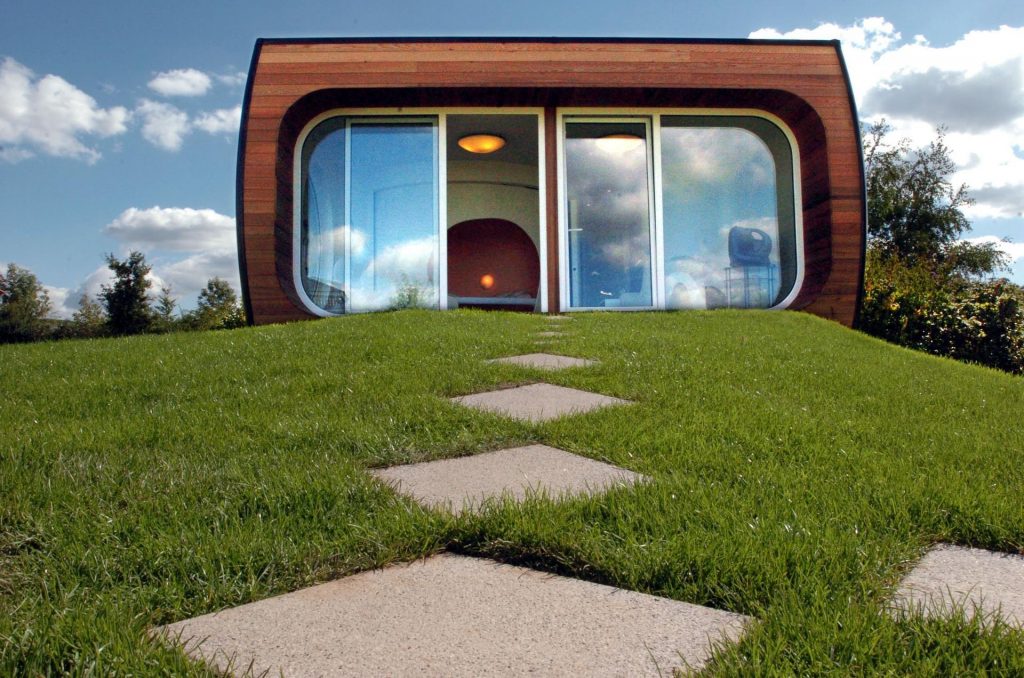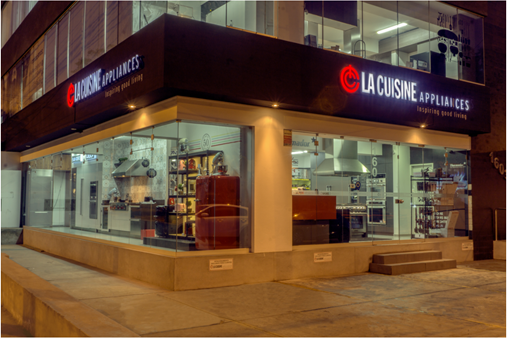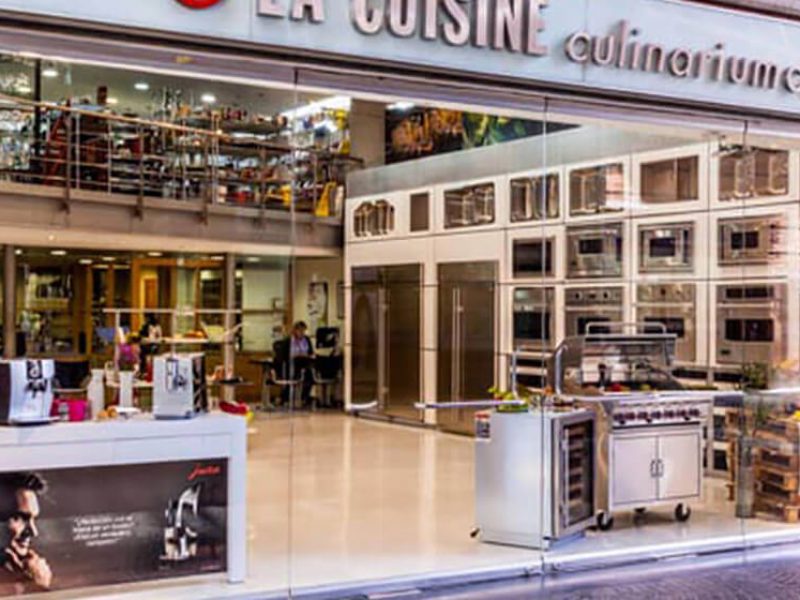
Our Company
Locations
Contact Us
Newsletter
Sign up to receive email updates on the latest products, collections and campaigns.

Today’s architecture is fully involved in a significant process of reinvention, where the materials used to make structures are the focus. And in fact, the case is that everything evolves. That’s why in this shift of vision towards what is ecological, sustainable, and recyclable, some materials used in construction have returned, while others begin to disappear.
Therefore, sustainable materials that do not harm the environment and help us clean up our surroundings, are at the core of the most modern proposals around the world. In their invention or reuse merge the contemporary vision of researchers and creators, who continue to amaze us.
If at this point you are wondering which materials are the latest or the ones that we will see the most often in the homes of the future, be prepared because you will be surprised.
The 5 architectural materials of the future
Wood. Always present in the history of architecture, wood returns to take the lead. Substituted by concrete and other components, wood has returned to stay as the construction material with the least environmental impact. However, wood must be certified when is used in constructions, guaranteeing that comes from responsible logging, that is, manufacturers must be committed to planting new trees for each one they cut down.
In this sense, a type of wood that has become very fashionable is mango wood. Yes, what you just read. The globalization of the consumption of this delicious fruit has caused an increase on the cultivation of this tree that reaches such height in 10 years that it makes its collection impossible, so it is cut and replanted. In fact, it is so fashionable nowadays that it is even used in the manufacture of furniture, and firms as prestigious as the British Mater include it in its catalog.
Wood includes insulation among its properties. That is, it keeps a house cool in summer and warm in winter, so it is certainly the most sustainable and most energy efficient building material.

Recycled paper. No, we haven’t lost our minds. Recycled newspaper treated with borax salts has allowed the creation of incredible insulation for homes. This cellulose insulation provides the buildings with fireproof, insecticide and antifungal properties.
Something very interesting in this sense is that cellulose has a very low thermal conductivity capacity and therefore requires little manufacturing energy (5 KWh/m3), compared to what’s necessary for the production of traditional materials such as glass wool and stone wool (180 KWh/m3). Also, it behaves like wood in terms of temperature balance and its thermal offset (the time it takes to transmit heat or cold from side to side of its thickness) is between 8 and 10 hours. All that without forgetting the sound insulation factor, which is well above traditional insulations.
Krion®. This is a new generation material developed by the Spanish group Porcelanosa. Warm to the touch and similar to natural stone, it is composed of two thirds of natural minerals (aluminium trihydrate) and a low percentage of high-resistance resins, which provide it with exclusive peculiarities: lack of pores, antibacterial surface, hardness, durability, ease of repair, low maintenance and easy cleaning.
To all the above it should be added that Krion is 100% recyclable, has low thermal conductivity, low weight, offers sound insulation, its gaskets are unnoticeable and is resistant to both impact and high temperatures.
Used in countertops and furniture, it can and is in fact being used for exterior and interior cladding and the manufacture of several products.

Jesmonite. This is known as the chameleon of building materials. It can be used to replicate the appearance and texture of any surface finish in any color.
Made from a combination of material residues and water, it has no solvents, which makes it an environmentally friendly material. Among its advantages are that it is flexible and more durable due to its high resistance to impact. It is lighter than stone, glass fiber-reinforced concrete and sand and cement products, making it ideal for film sets and temporary structures.
And as if all that wasn’t enough, Jesmonite is a safe material. It has a class 0 fire resistance with reduced smoke density and toxicity characteristics.
Solar paint. Energy efficiency is the next frontier in terms of construction. That is why the development of solar paint that is being made at the University of Sheffield (United Kingdom) has generated so much interest.
These researchers are working on creating a spray capable of transforming any type of surface into a solar energy panel thanks to a mineral called perovskite, which has the property of absorbing light. It has a 20% of effectiveness versus the 25% achieved by today’s silicon solar panels. And while its efficiency is lower, this fact is compensated by its easy application on virtually any surface imaginable.
In addition to being obviously less expensive than photovoltaic panels, there’s already talk about this paint having the ability to generate energy even in conditions of low solar luminosity.
Many of these materials are already available, although they may not be as well-known at the moment. However, in the wake of the COVID-19 crisis, many of them have begun to arouse the interest of architects and constructors who understand the importance of sustainability and the respect of the environment.

Sign up to receive email updates on the latest products, collections and campaigns.
Carrera 9 Nº80-45
Bogotá D.C., Colombia
Monday to Friday: 11:00 a.m. - 07:00 p.m.
Saturday: 11:00 a.m. - 06:00 p.m.
(+571) 432.7408/7493

Calle 77 #72-37
Barranquilla, Colombia
Monday to Friday: 08:00 a.m. - 06:00 p.m.
Saturday: 09:00 a.m. - 01:00 p.m.
(+57) 605 352 0851

Edificio La Cuisine
Costado Suroeste, C.C. La Paco
Escazú, Costa Rica
Monday to Friday: 09:00 a.m. - 05:00 p.m.
Saturday: 10:00 a.m. - 04:00 p.m.
(+506) 4000.3555

Galerías de Puntacana No. 51
Punta Cana, La Altagracia, R.D.
Monday to Friday: 09:00 a.m. - 06:00 p.m.
Saturday: 10:00 a.m. - 01:00 p.m.
(809) 378.9999

C/Rafael Augusto Sánchez No.22,
Piantini, Santo Domingo, R.D.
Monday to Friday: 09:00 a.m. - 06:00 p.m.
Saturday: 09:00 a.m. - 01:00 p.m.
(809) 378.9999

18187 Biscayne Bvld., Aventura
FL 33160
Monday to Friday: 10:00 a.m. - 06:00 p.m.
Saturdays by appointment.
(786) 322 5432
www.lacuisineappliances.com
sales@lacuisineappliances.com

3232 Coral Way,
Miami FL 33145
Monday to Friday: 10:00 a.m. - 06:00 p.m.
Saturday: 10:00 a.m. - 03:00 p.m
(305) 442-9006
www.lacuisineappliances.com

2005 NW 115th Avenue
Miami, FL 33172
Monday to Friday: 09:00 a.m. - 05:30 p.m.
Saturday: Closed
(+1) 305 418.0010
info@lacuisineinternational.com

Obarrio. Av. Samuel Lewis,
Addison House Plaza,
Local No.11, Panamá
Monday to Friday: 09:00 a.m. - 06:00 p.m.
Saturday: 10:00 a.m. - 04:00 p.m.
(+507) 265.2546/2547

Av. Caminos del Inca 1603,
Santiago de Surco, Perú
Monday to Friday: 10:00 a.m. – 07:00 p.m.
Saturday: 10:00 a.m. – 01:00 p.m.
(+511) 637.7087

Centro Comercial San Ignacio, Nivel C, local No.5
Caracas, Venezuela
Monday to Saturday: 10:00 a.m. – 07:00 p.m.
(+58) 212 264.5252
(+58) 414 018.5352 (Wholesale)
ventas@lacuisineappliances.com

Complejo Pradera Ofibodegas No.13,
20 calle final Z. 10 Km. 6.8 Carretera a Muxbal,
Santa Catarina Pínula, Guatemala
Monday to Friday: 08:00 a.m. - 05:30 p.m.
Saturday: 09:00 a.m. - 12:30 p.m.
(+502) 6671-3400
